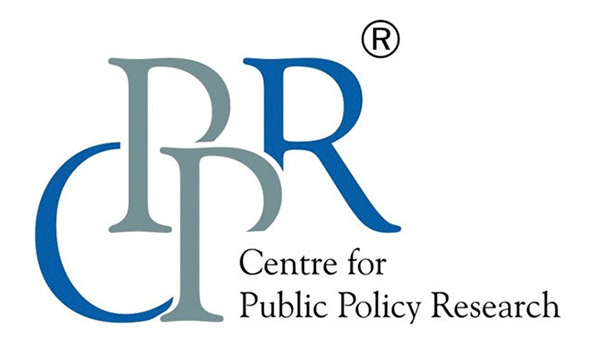Podcasts

FNF-CPPR Paper – “The Bay of Bengal: Key to Indo-Pacific Security and Global Stability”
February 21, 2025
D Dhanuraj of CPPR Comments in Eastern Eye on PM Narendra Modi’s US Visit
February 25, 2025EP 17 | Advancing India-US Relations: Strengthening Trade, Defense, and Technology | Policy Beyond Borders

The India-United States relationship has surfaced as one of the most critical partnerships in the current world order, which shares global geopolitics, trade, and energy security. Prime Minister Narendra Modi is one of the first leaders to visit President Trump in his second term. This reflects the weight of the relationship between India and the U.S. The visit can bring significance to Indo-US relations and promote global stability, economic growth, and technological innovation.
The major agenda of the visit was mainly focused on the areas of bilateral cooperation, including trade, defence, energy security, immigration, and technology. One of the main areas of discussion was on trade to resolve the existing challenges. In contrast, India is taking measures to reduce the import tariffs on certain products from the U.S. As per the meeting, both leaders have set a target of doubling bilateral trade to $500 billion by 2030. Immigration emerged as a significant issue, with Modi pursuing guarantees regarding the H-1B visa program and legitimate avenues for skilled Indian professionals. Also, cooperation in the defence was a major contest as both parties were planning to sign a ten-year framework for the U.S.-India Major Defence Partnership. Energy security and civil nuclear cooperation were also taken into consideration along with the efforts to uplift collaboration in emerging technologies like AI, semiconductors, and space exploration.
The meeting has led to numerous measurable results; the leaders launched the “U.S.-India COMPACT (Catalysing Opportunities for Military Partnership, Accelerated Commerce & Technology) for the 21st Century” to boost cooperation across various sectors. Both nations have agreed to negotiate the Bilateral Trade Agreement (BTA) and address the trade issues. The “U.S.-India TRUST” initiative was brought into being to promote collaborations in critical technology sectors. The leaders also restate their commitment towards energy security, counterterrorism, and strengthening people-to-people ties, especially via the efforts of Indian students and professionals in the United States.
By looking at this, the future of India-US relations looks optimistic with plans for the next 10 years in hand. Through the “Mission 500,” both nations are trying to enhance their bilateral trade. Modi’s visit has strengthened ties and paved the way for future cooperation, addressing global concerns and promoting reciprocal development.
Speaker: Amb T P Sreenivasan is former Ambassador and Permanent Representative of India to the United Nations, Vienna and Governor for India of the International Atomic Energy Agency, Vienna. He was also the Deputy Chief of Mission (Ambassadorial Rank) in the Embassy of India, Washington.
Moderator: Aleena T Sabu, Research Associate (International Relations) CPPR
Key Takeaways:
1. President Trump has referred to Prime Minister Narendra Modi as the ‘most able negotiator’.
2. Modi did not challenge the reciprocal taxation system, but he had directly gone to discuss trade agreements between the nations and the reciprocal system went unchallenged.
3. The United States has a lot of energy available and India needs it, so some diversification of our energy supplies from our traditional sources to the United States is implied.
4. There is uncertainty about President Trump, about what he will do next or what he will say next. There is concern about his worldview for us. But at the same time, there is no immediate issue, as both the countries are focused on strengthening their bilateral relations. There will be some way found to get around this relation, for India as well as the US.
#PolicyBeyondBorders is available on

